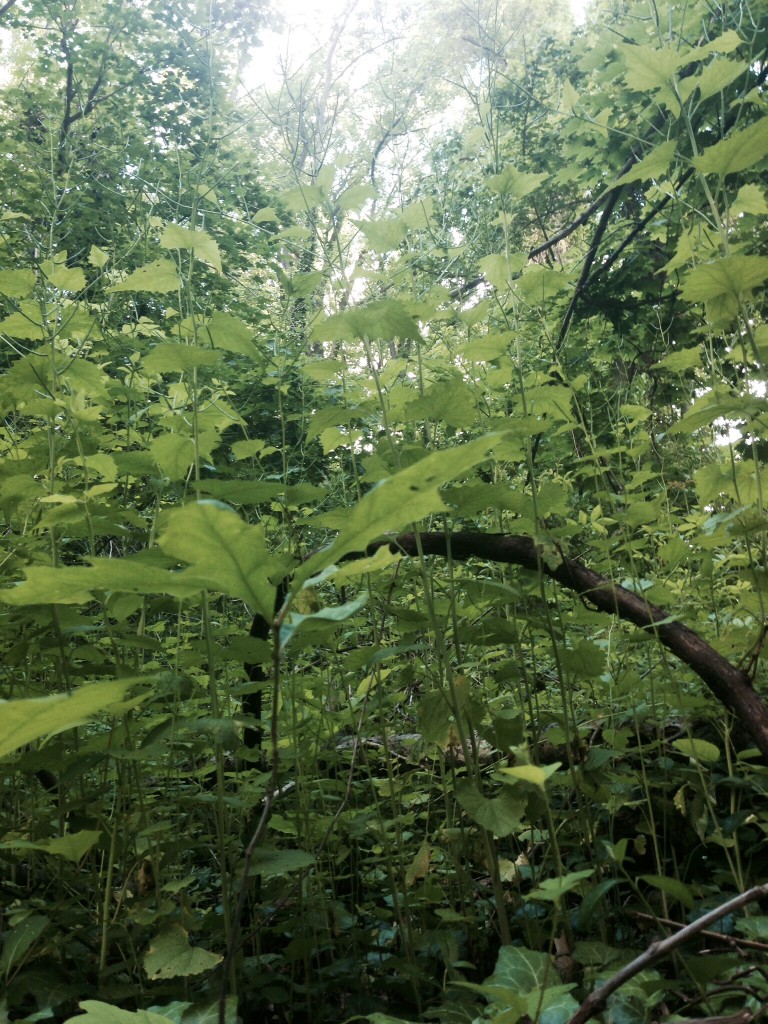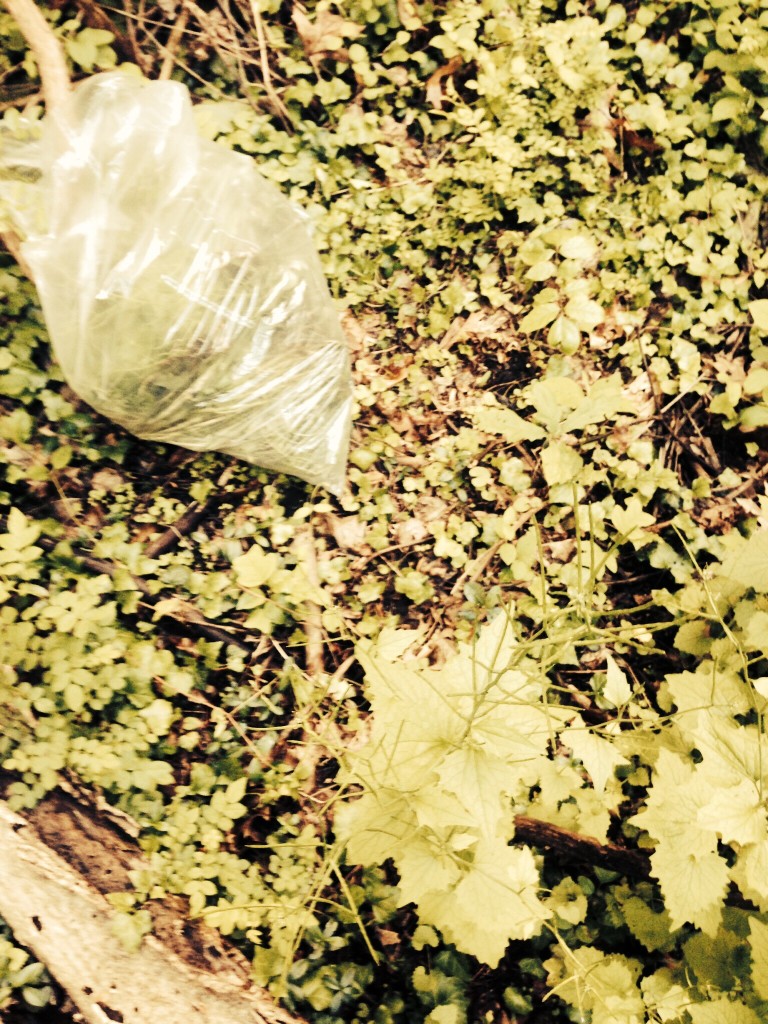THE IPOD TOUCH WAS SET UP TO VIEW THE BLUEBELL PATCH IN THE SIDE GARDEN ADJACENT TO MORRIS PARK. THE BLUEBELLS GREW AND BLOOMED, WENT TO SEED AND DESCENDED BACK INTO THE EARTH AS THE Â COLUMBINES AND GERANIUMS ROSE TO PROMINENCE. WATCH THIS ALL PLAY ITSELF OUT IN HIGH SPEED MOTION WHERE Â TWO MONTH’S TIME HAS BEEN COMPRESSED INTO 3 MINUTES!
As the video reaches its last minute, pay attention to the lower right hand area, where you will see the Jack-In-The -Pulpit rise out of the Earth from its bulb in a rapid fashion and spread its leaves and bloom in a quickened pace compared to the other plants. Interesting how bulbs grow in relation to non-bulbous plants. The Ostrich ferns are also interesting to watch unfurl and rise up. Yes, one of them was removed and transplanted. At the very end of the video a Clematis vine is swinging itself into the picture, looking for something to grab onto.
The original intention of the video was to document the rise and blooming of the Bluebells (Mertensia virginica). After they lost their flowers, the scene was unfolding in such an interesting manner that we decided to let the camera keep rolling. Other plants that are featured in the video that you can keep an eye out for are Wild Ginger, (Asarum canadense) Lonicera sempervirens, The Coral honeysuckle and Mayapple, (Podophyllum peltatum).
For those interested in the process, we used the O-Snap App and had the Ipod take a picture every twenty minutes for the first 40 days and then every two hours after that. The night pictures were deleted because they distracted from the story of the plant’s progression and continuity of the video.







